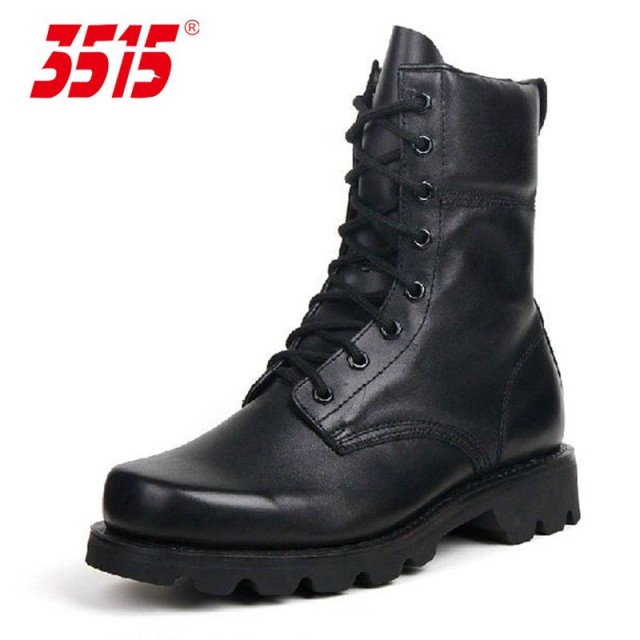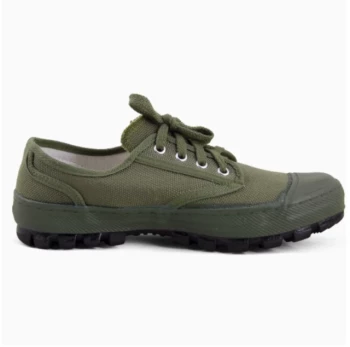For professionals and enthusiasts who demand footwear that withstands moisture without sacrificing durability, Goodyear welted shoes offer a proven solution. Unlike standard constructions, these shoes integrate specialized design elements that actively repel water while maintaining structural integrity over years of use. Let's examine the engineering behind this performance and how to maximize it.
How Goodyear Welting Creates a Water-Resistant Barrier
The secret lies in the welt—a strip of leather or synthetic material stitched between the upper and sole. This triple-layer barrier (upper, welt, and sole) prevents direct water ingress. Research shows welted constructions reduce moisture penetration by over 60% compared to non-welted alternatives.
The Role of the Welt Groove in Channeling Water Away
A precision-cut groove along the outsole perimeter catches and redirects water droplets outward. This design mimics architectural gutter systems, preventing pooling at critical seams. The insole rib—a raised ridge beneath the footbed—locks stitches above potential waterlines.
Storm Welts and Other Reinforced Design Features
Some models add a "storm welt"—an upward-curving extension that creates a physical overhang. Field tests indicate this blocks lateral splashes 40% more effectively than flat welts. Combined with water-resistant thread and sealed seams, these features form a comprehensive defense system.
Goodyear vs. Blake: A Moisture Resistance Comparison
Why Internal Stitching in Blake Construction Fails in Humidity
Blake-stitched shoes sew the outsole directly to the insole through the interior. While sleek, this creates needle channels that wick moisture inward. Humidity accelerates deterioration of these internal stitches—a key reason Blake constructions typically require replacement 30-50% sooner in wet climates.
Real-World Testing: Water Ingress Rates
Controlled studies simulating rainy conditions reveal:
- Goodyear Welted: First moisture detection after ~90 minutes of heavy spray
-
Blake Stitched: Dampness observed in 20-35 minutes
The welt's external stitching remains safely distant from foot contact points, while Blake's internal seams lie directly beneath the foot.
Maintaining Water Resistance in Goodyear Welted Shoes
Cleaning and Conditioning Welts for Optimal Performance
- Weekly: Brush welts with horsehair to remove salt/debris that can degrade stitching
- Monthly: Apply beeswax-based conditioner (avoid silicone products) to maintain welt flexibility
- Seasonally: Use toothpicks to clear the welt groove of compacted dirt
Resoling Without Compromising Waterproof Integrity
When replacing soles:
- Request original Goodyear welt retention—some cobblers cut costs by converting to Blake
- Insist on water-resistant adhesives for the midsole/outsole bond
- Reapply waterproofing treatments to the new sole's stitching channels
Pro Tip: Rotate between multiple pairs to allow 48-hour drying periods. This prevents cork filler saturation—the hidden culprit behind many "waterproof" failures.
Engineered for endurance? 3515 manufactures premium Goodyear welted footwear designed for distributors and brands serving clients who value all-weather reliability. Our production expertise ensures every pair meets the rigorous standards detailed above—connect with our team to discuss your project requirements.
Related Products
- Factory-Direct Wholesale Canvas Boots with High-Traction Rubber Soles
- Puncture-Resistant Velcro Safety Boots for Wholesale & Custom Manufacturing
- Safety Footwear Wholesale Manufacturer for Custom OEM/ODM Production
- Wholesale Safety Footwear Manufacturer for Bulk & Custom OEM Orders
- Wholesale Anti-Smash & Puncture-Proof Safety Shoes Custom Manufacturing for Brands
Related Articles
- How Vulcanized Rubber Work Boots Outlast Alternatives – And When to Choose Differently
- How Vulcanized Soles Balance Style and Performance for Skateboarders
- How Premium Safety Footwear Lowers Costs and Boosts Productivity
- Why Vulcanized Soles Outlast: The Science Behind Durable Footwear
- How ASTM-Rated Boots Solve Security Guards' Critical Safety Challenges




















